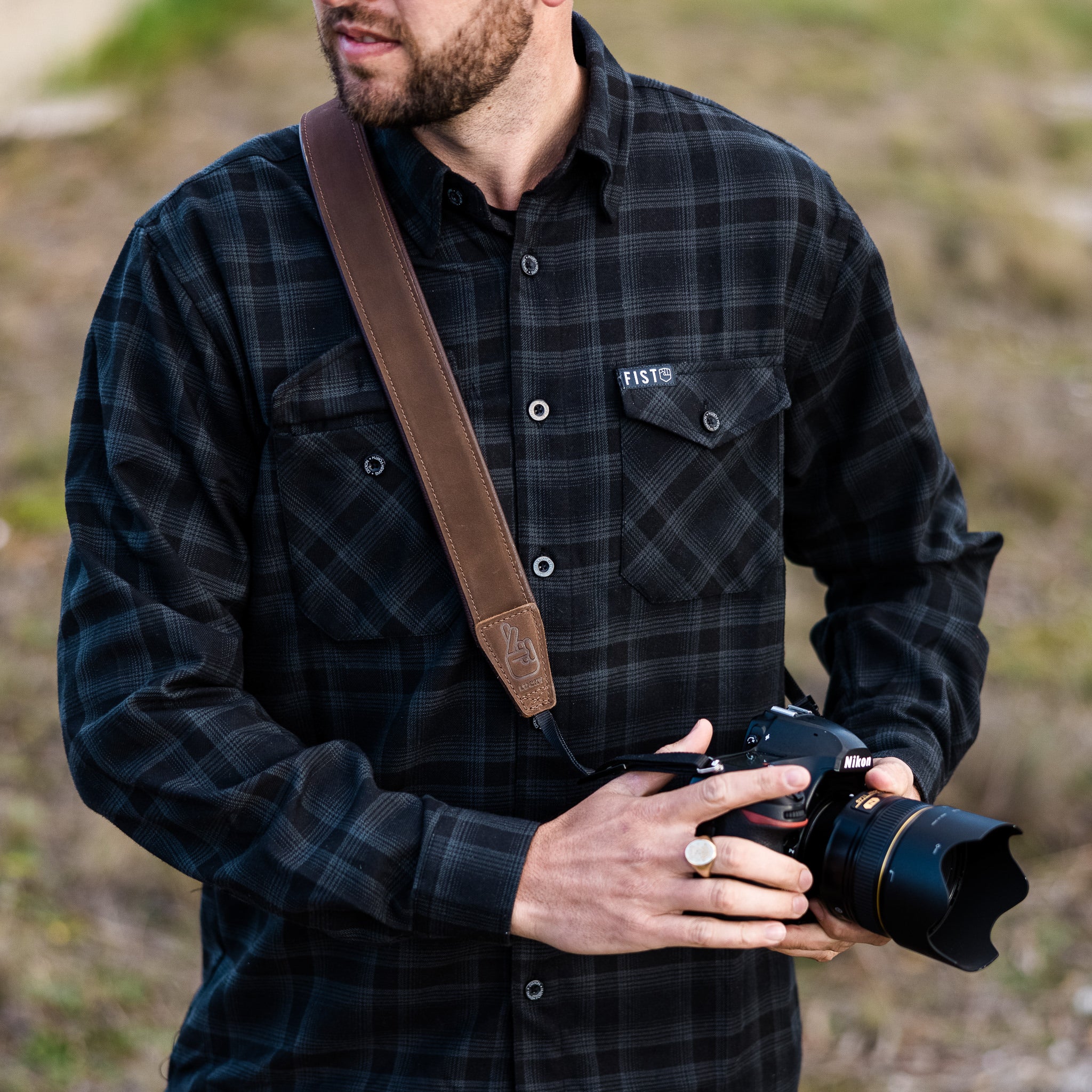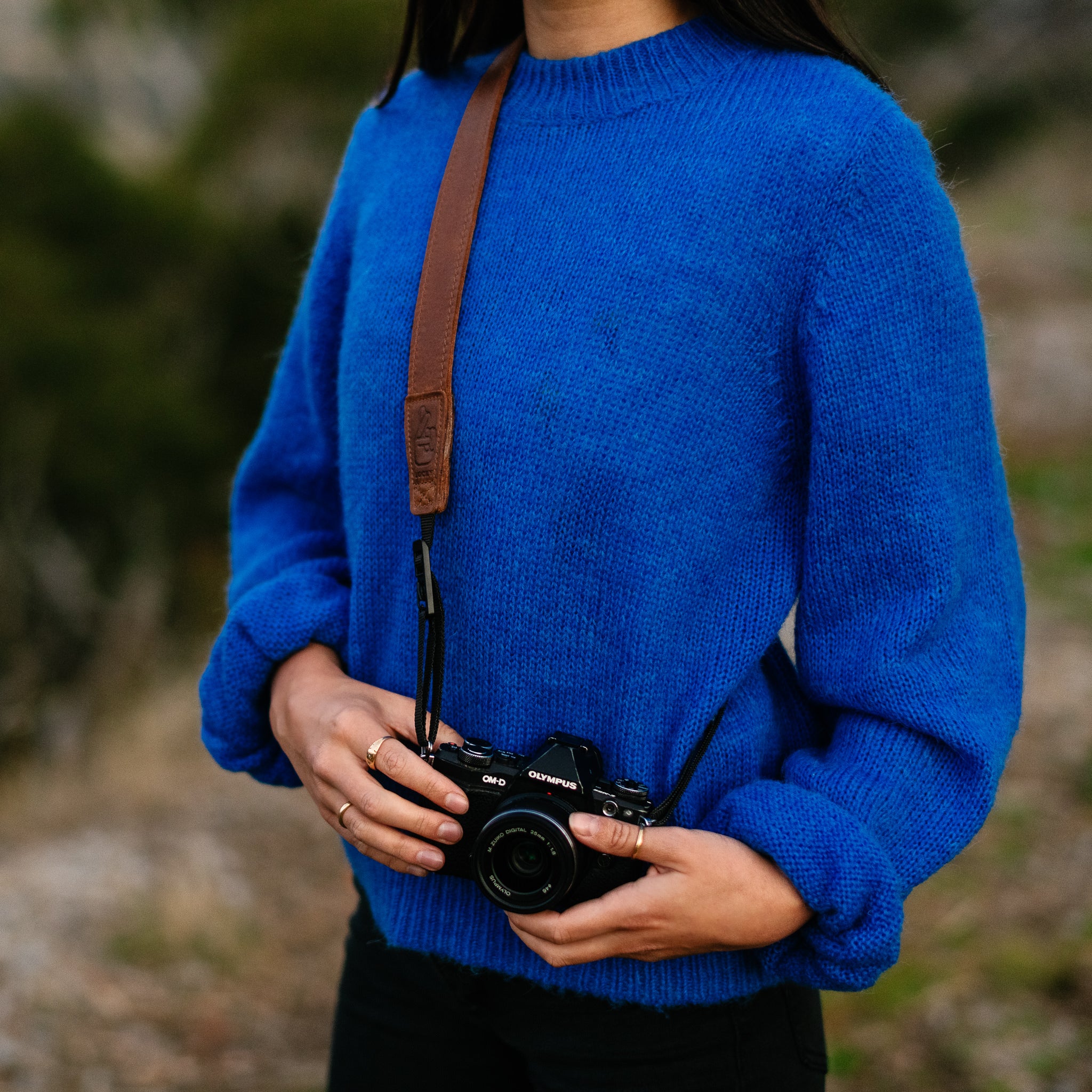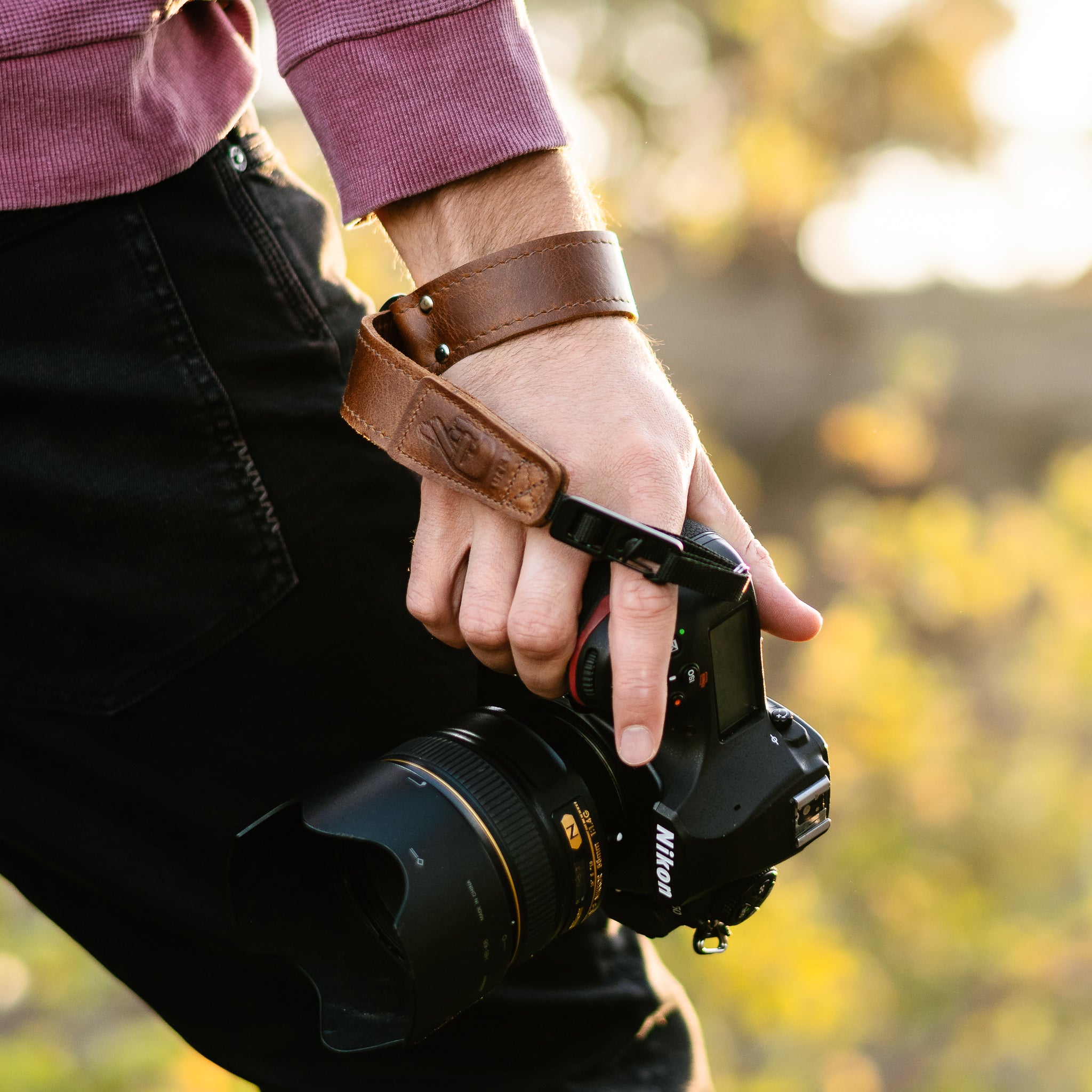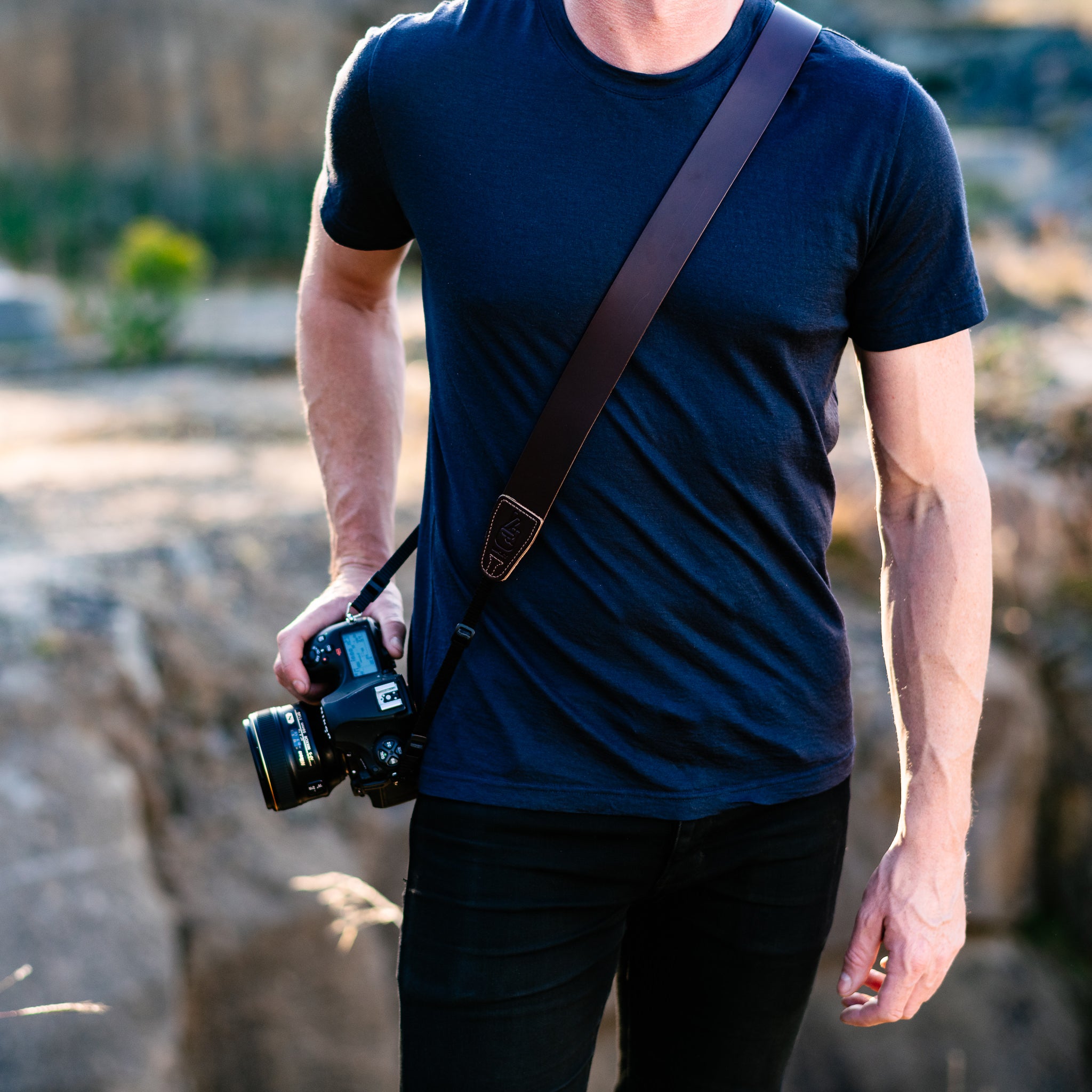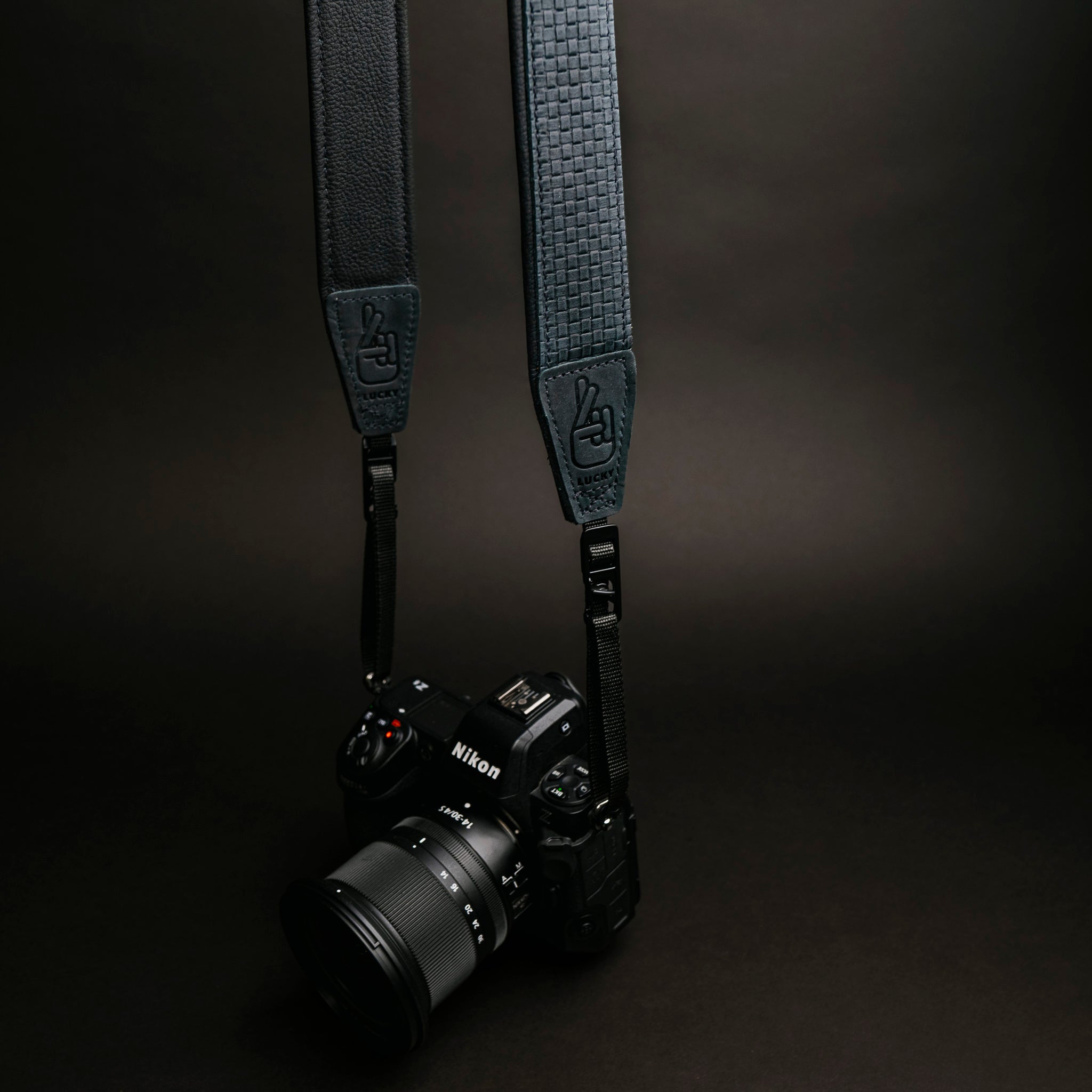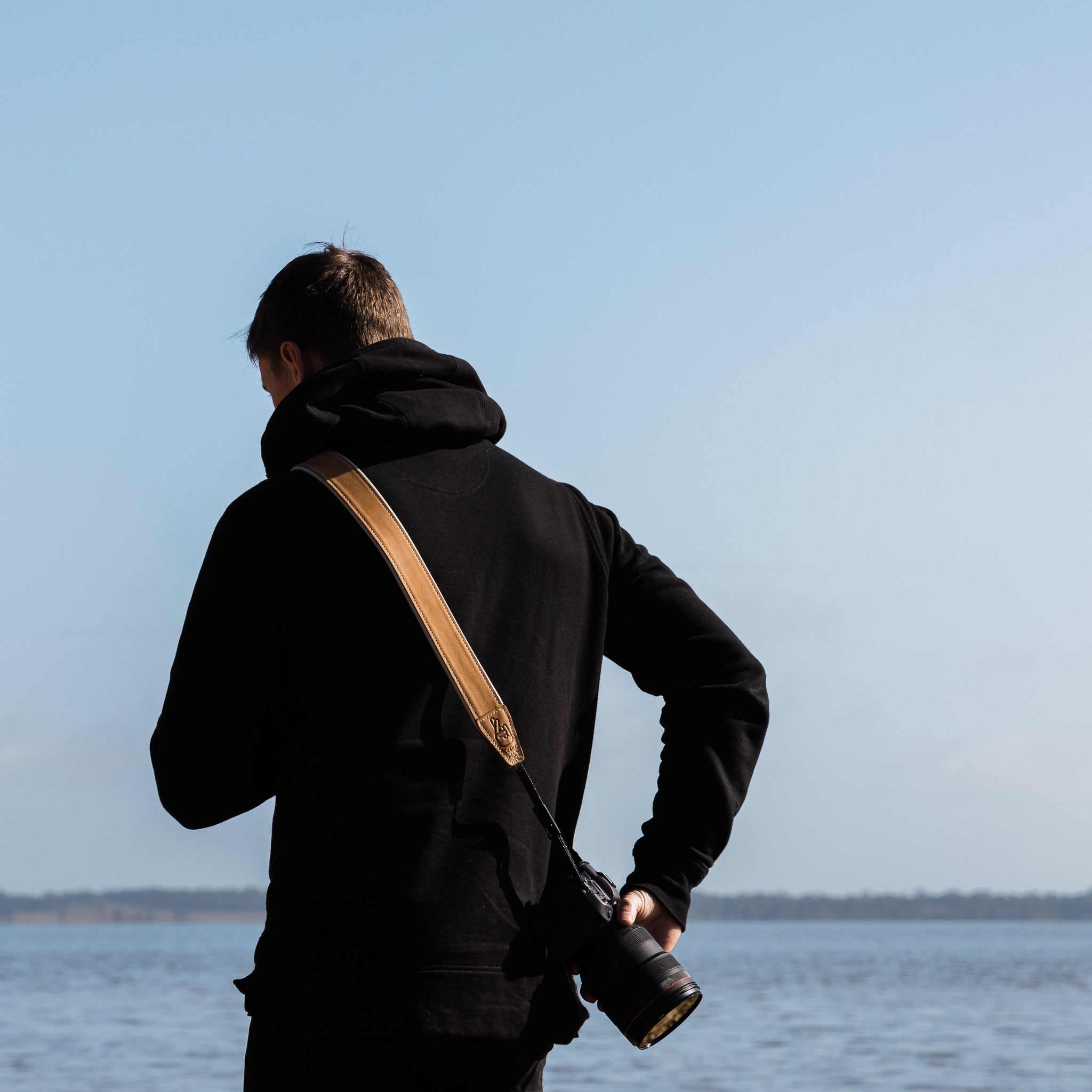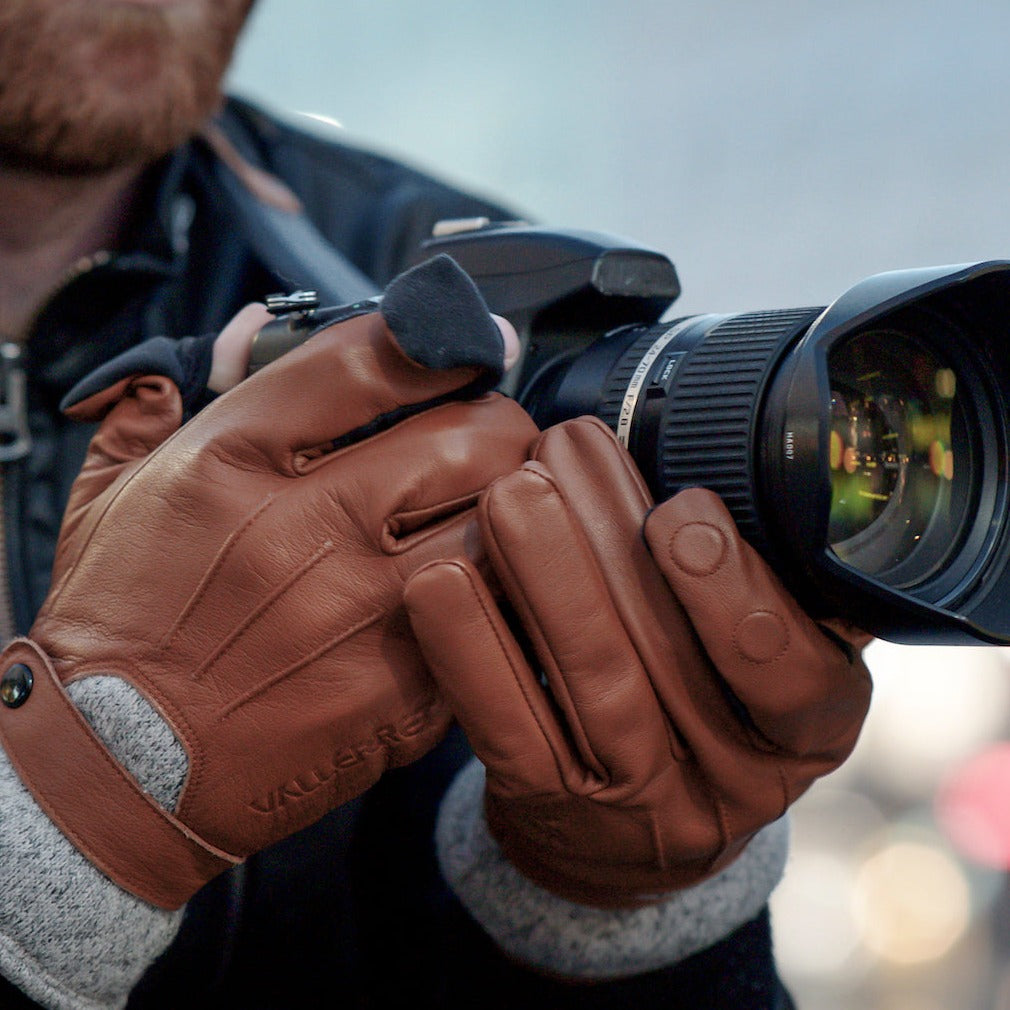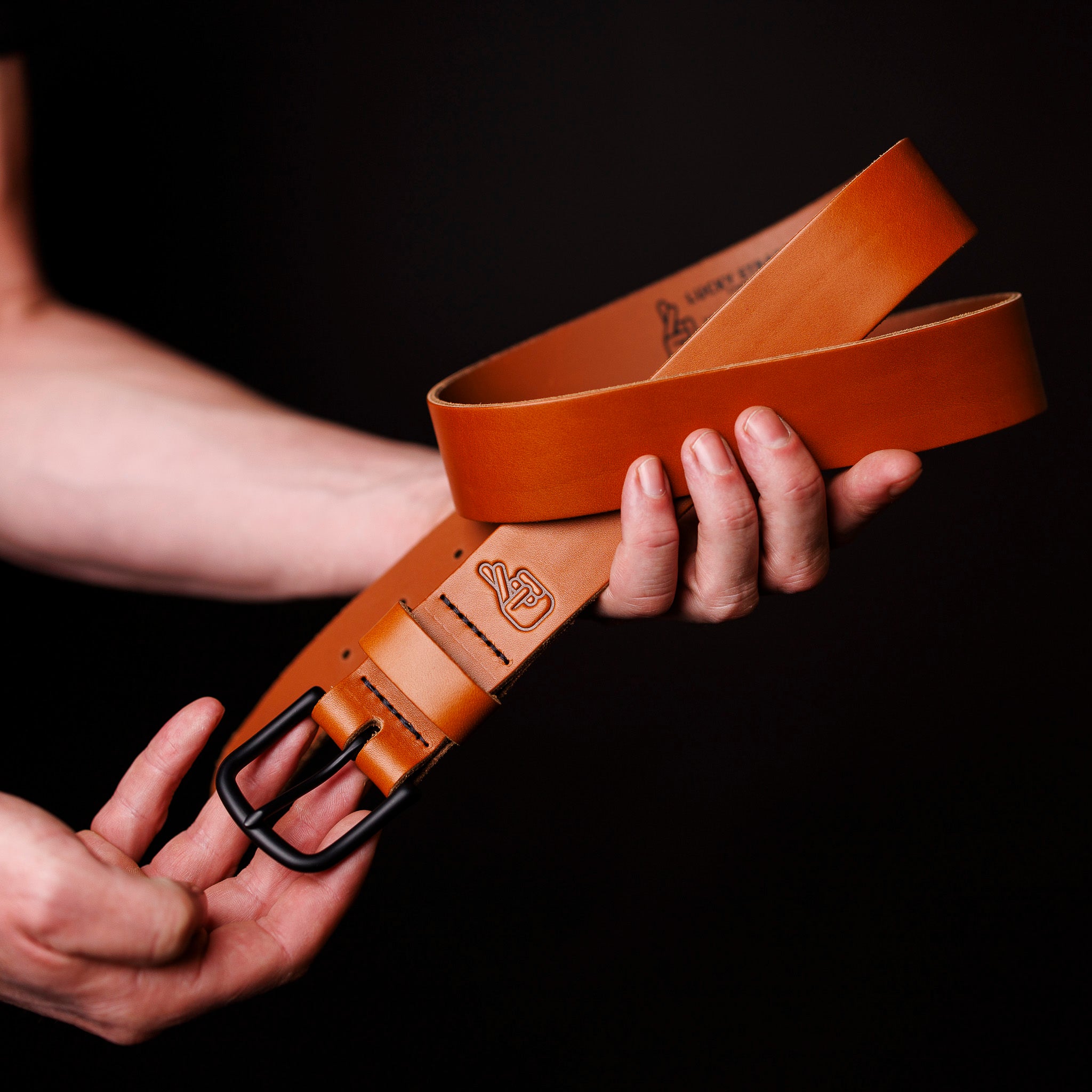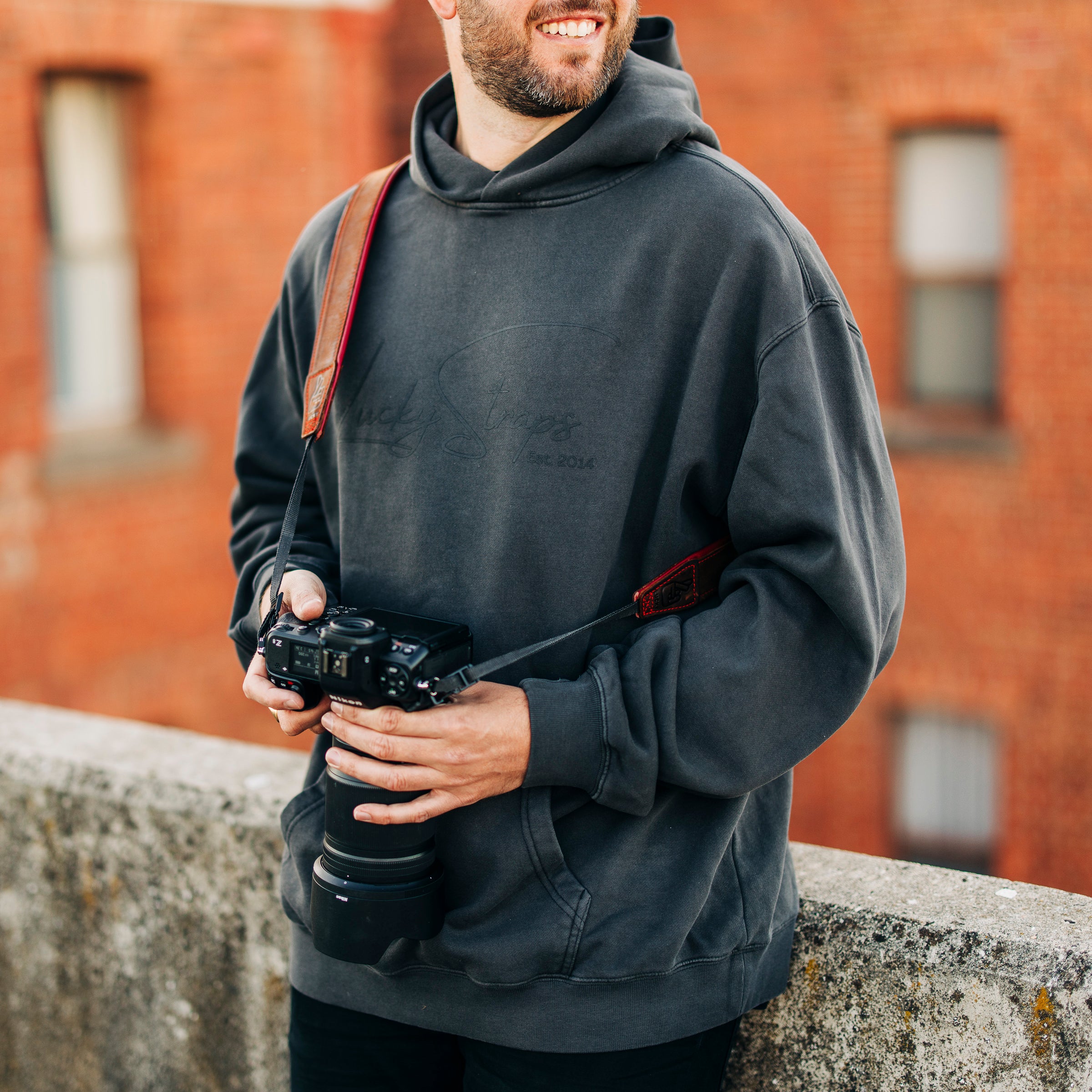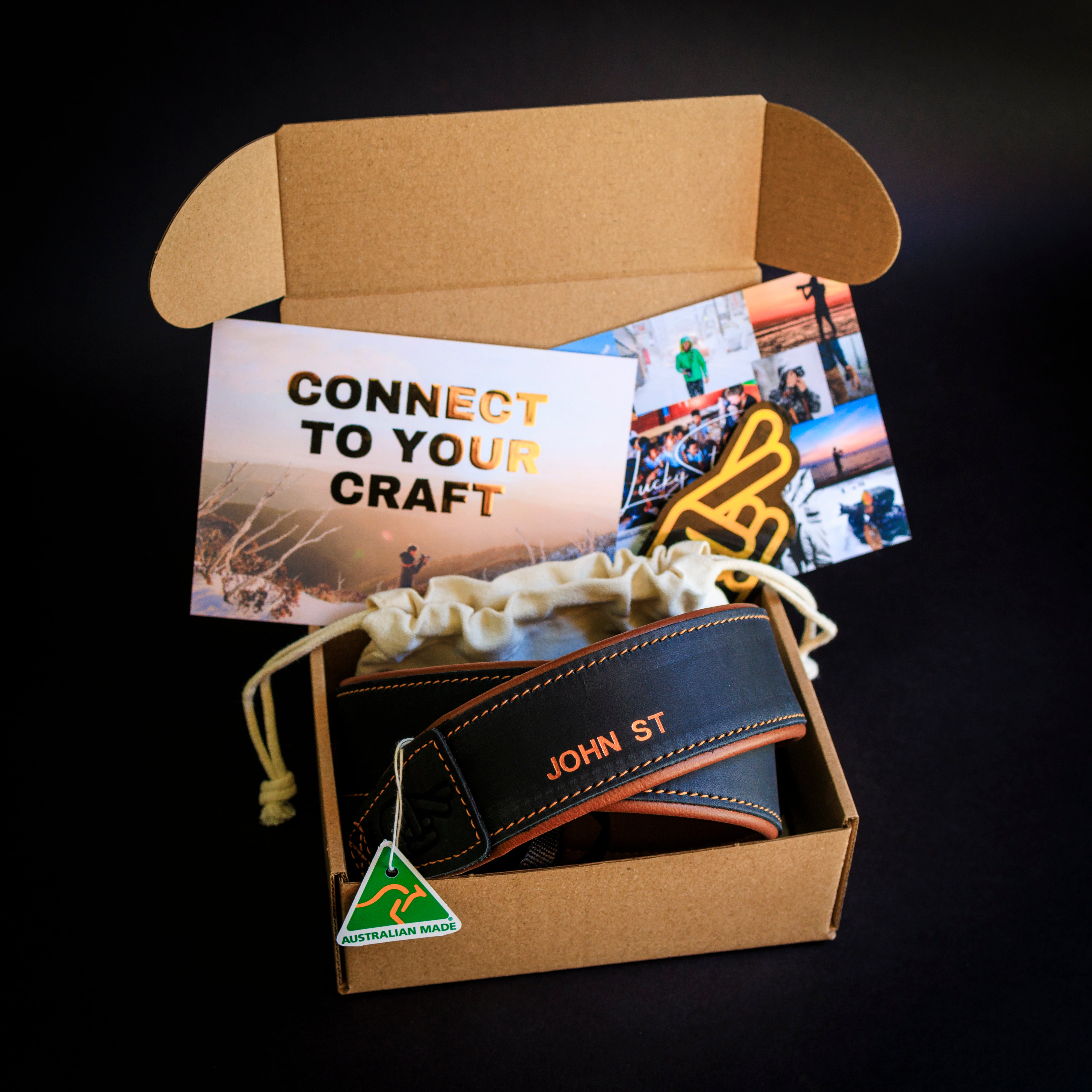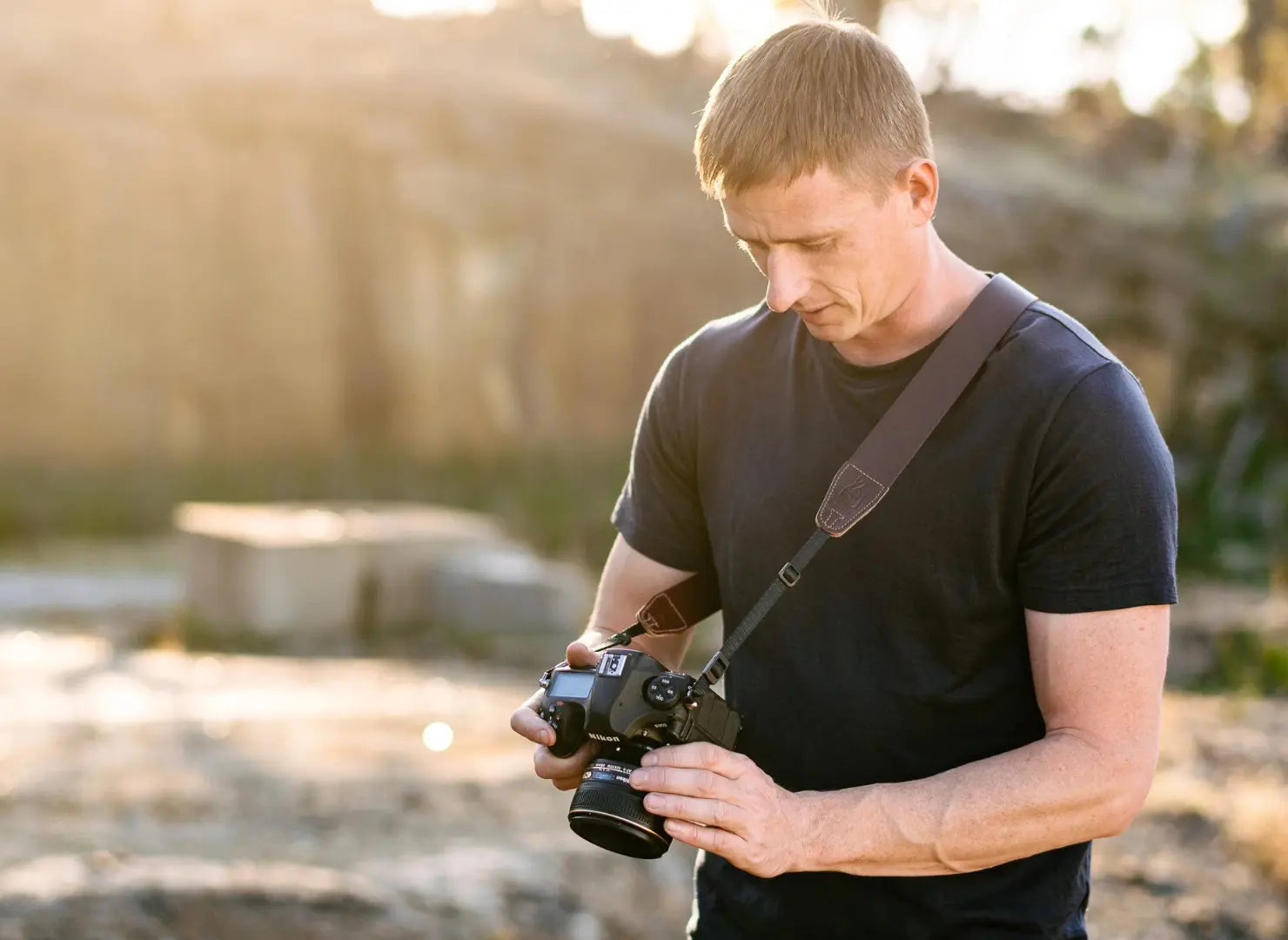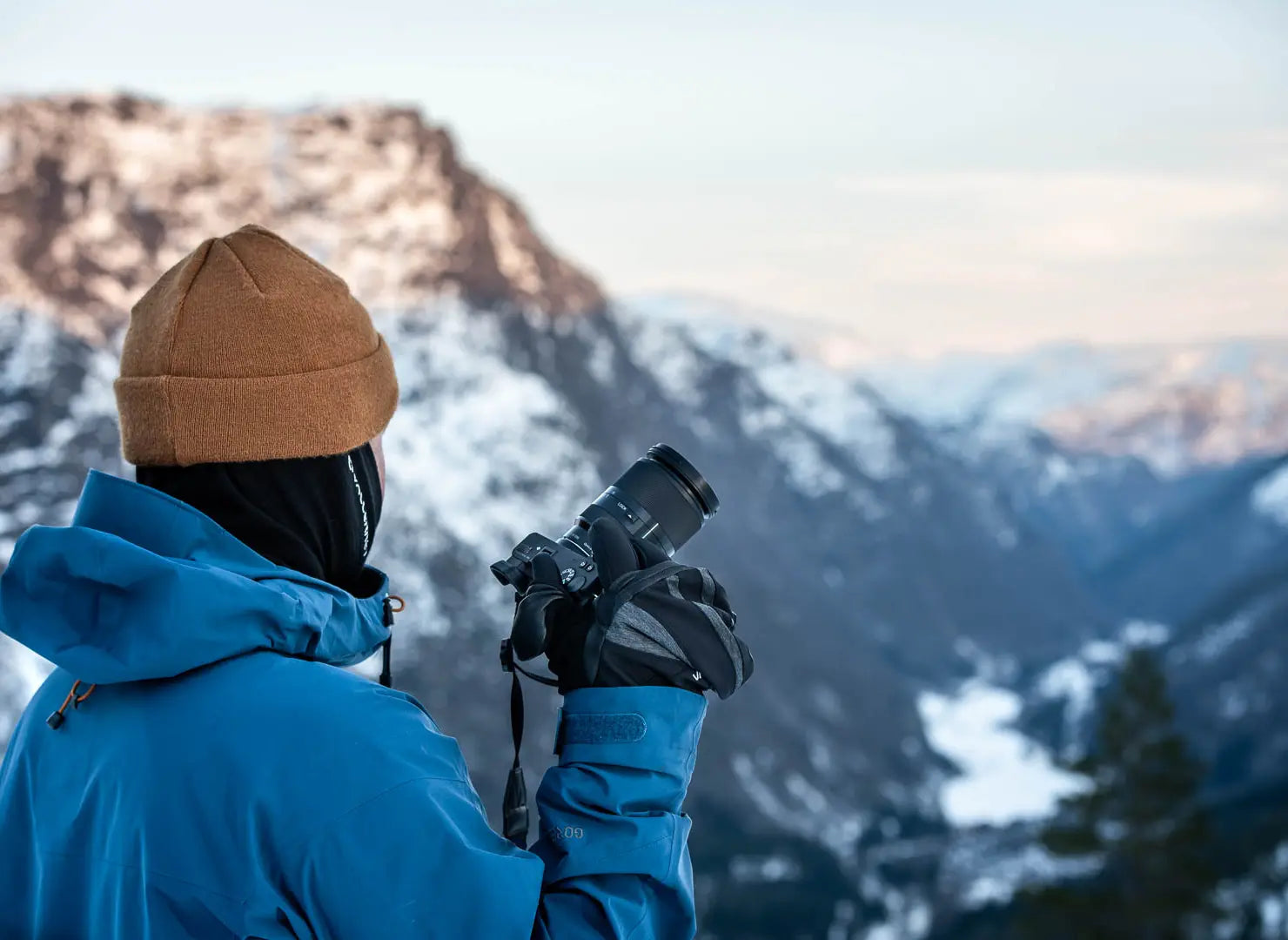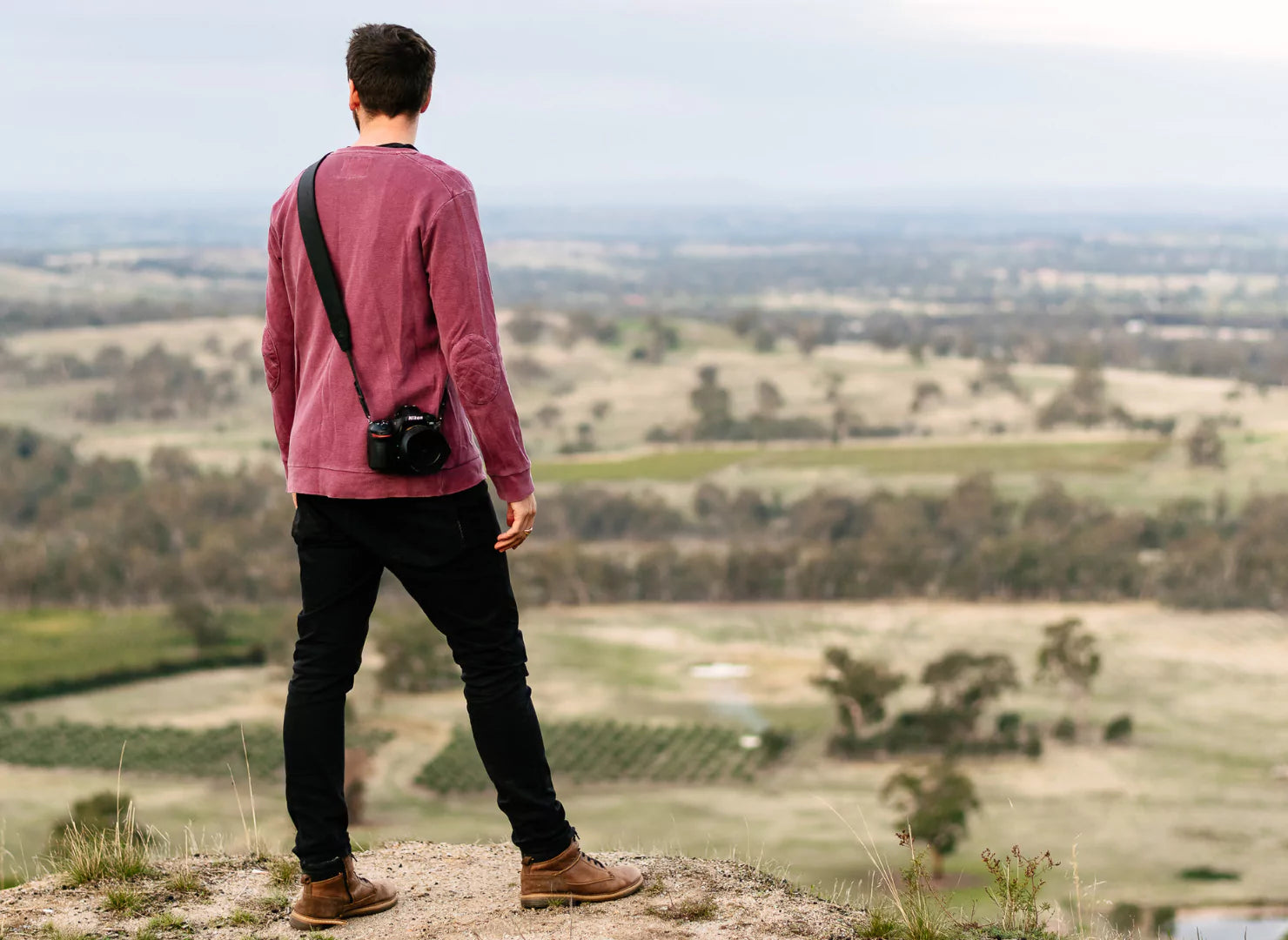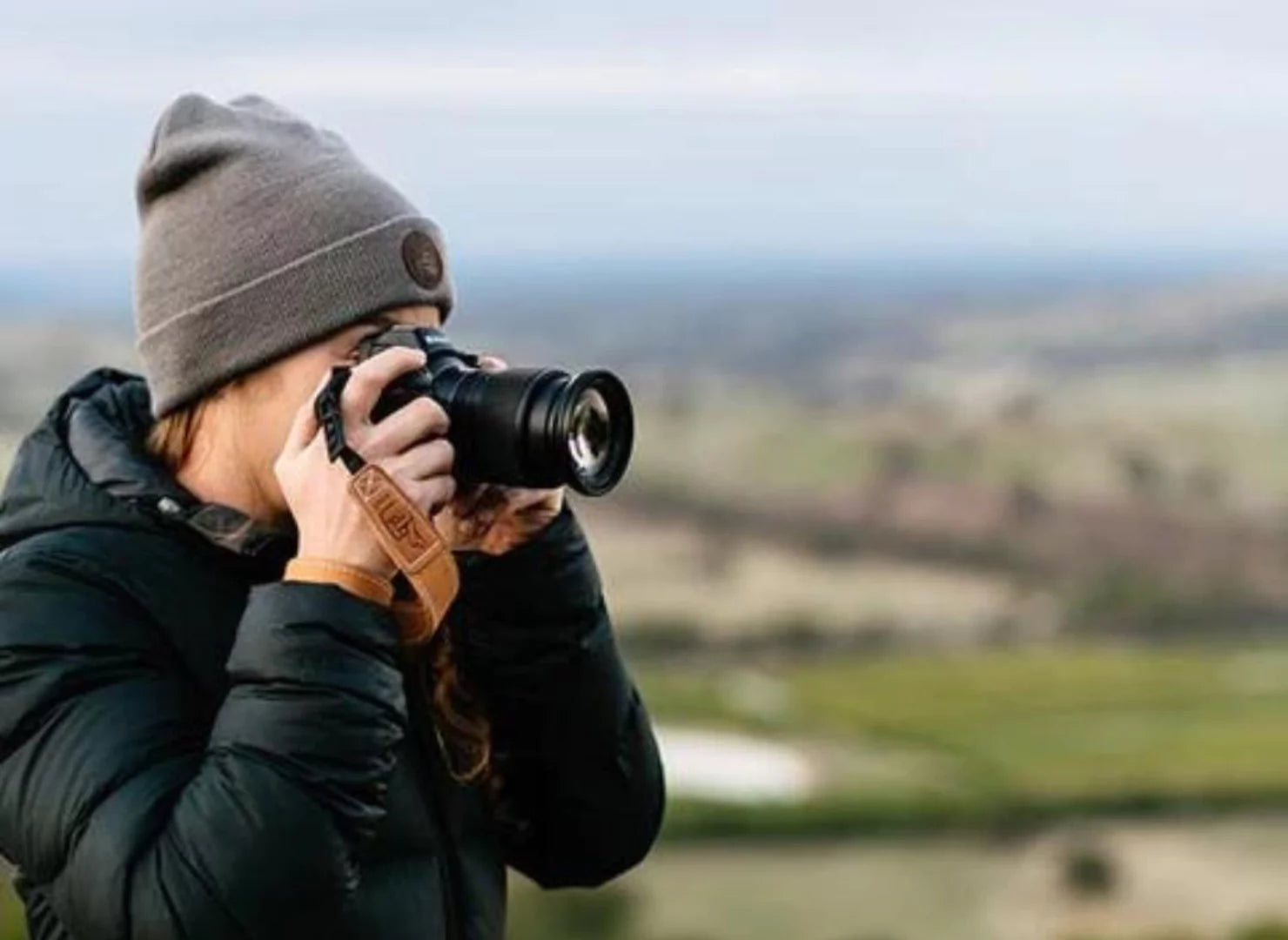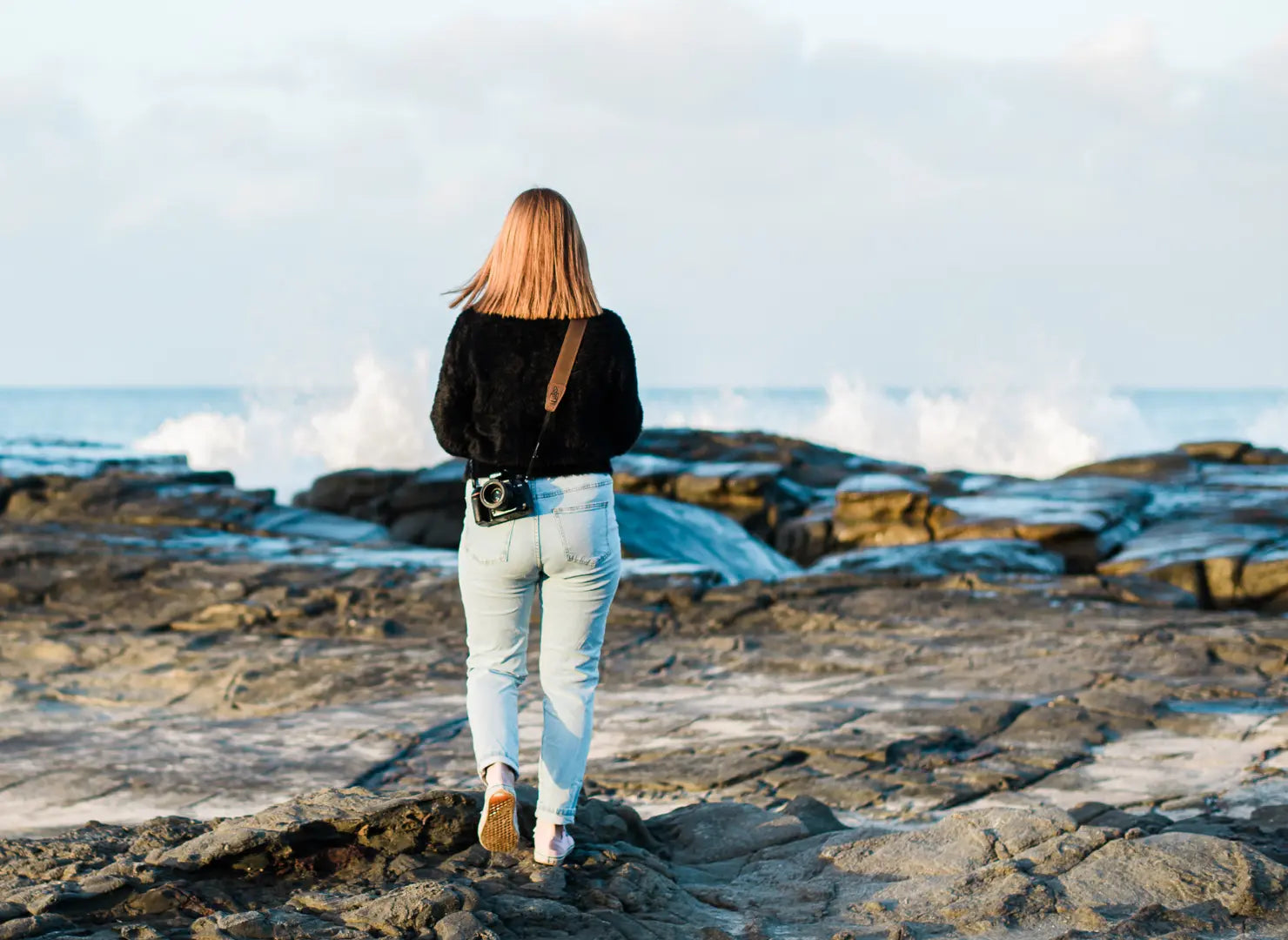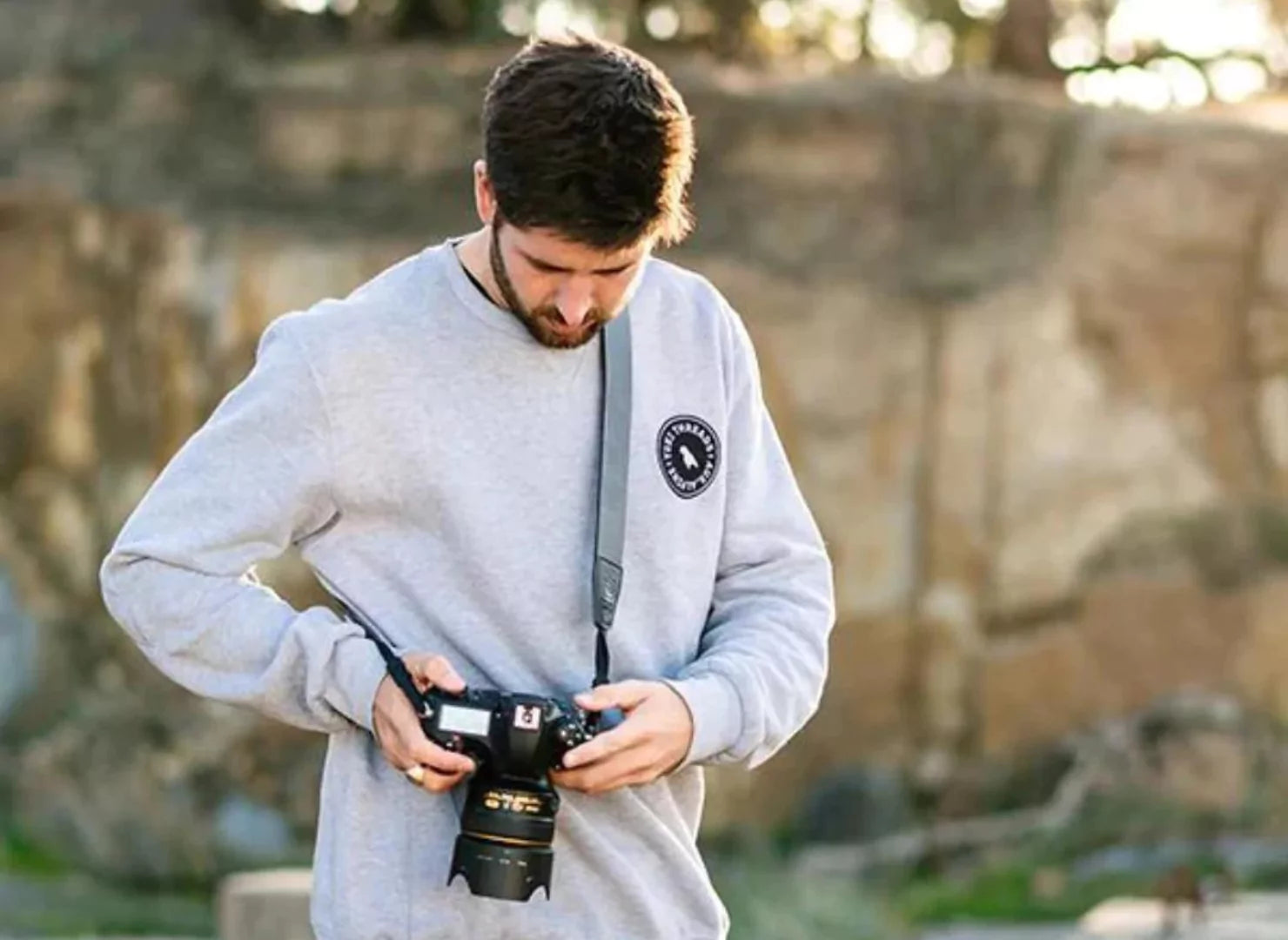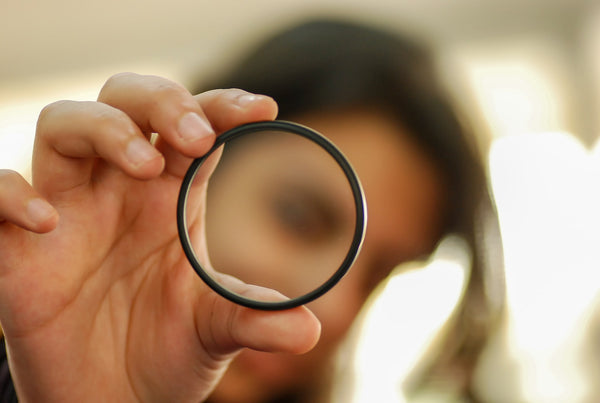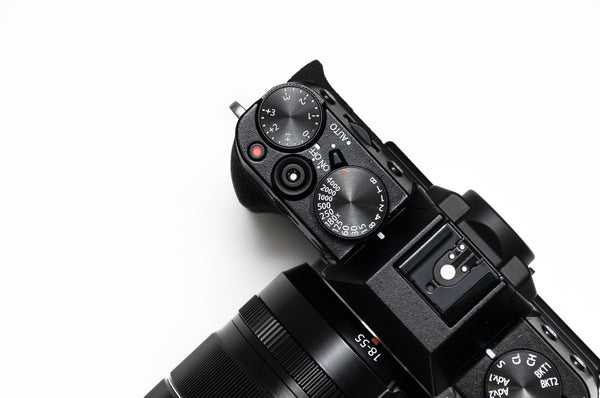When walking past a camera store, many photographers are tempted to check the price of the latest camera, but will it give them better photos?

It’s too easy to blame an old camera when blurred, lacklustre, or under/over-exposed photographs. However, after some expensive purchases that don’t change the outcomes, eventually, these photographers have to face the fact that it’s not the camera that’s letting them down. After all, past masters of photography used extremely basic equipment to capture their striking images.
Rather than upgrading their camera, photographers should consider accessories that make their shots sharper. Or, perhaps, invest in a course that shows how to overcome problem areas so they can start producing the results they desire. Online and in-person workshops are available for all experience levels, covering topics that any photographer will find helpful and interesting.
Invest in Education
In their excitement to use their latest camera, many photographers need to remember to read the instruction book! After using the camera for a while and learning as they go, it seems ridiculous to go back to basics. But that’s precisely what they should do. Modern digital cameras allow photographers to see the images straight away, so they can adjust the settings before attempting another shot, but this isn’t the ideal way to learn. It pays to understand the fundamental principles before jumping into action. If not, they can miss vital steps that make the rest of the process much easier. Or they may end up with an appealing photograph but have no idea how to reproduce the same effect!
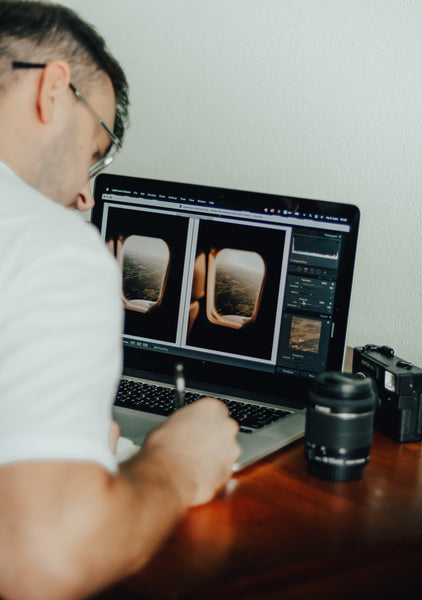
Frustration sets in when a beginner photographer uses guesswork in an attempt to create an image that matches the vision they have in their mind. Without an appreciation for the basics, it isn’t easy to produce a prize-winning photograph.
Photographic workshops help people fill the gaps in their education, refreshing basic concepts they may have missed in their haste to start using the camera. Many people use these introductory courses to take their skill level beyond the auto setting they have relied upon, so they can begin to use manual mode. And masterclasses help camera users explore techniques in specific areas of photography they have always wanted to try. Photographic education can be done online or in person, and each has advantages.
Take an Online Course
Taking part in online workshops helps photographers reignite the excitement of using their cameras. Being offered the chance to create new images for portfolios motivates them to reawaken their passion for photography. Expanding their knowledge through classes and being given assignments with deadlines adds extra motivation to use the teachings given.

Photography classes aren’t always about camera settings and technical information; they can also be filled with ideas about composition techniques and ways to use cameras to explore the creative process. One of the main advantages of online learning is its affordable rates and the ability to study from the comfort of home, regardless of location. Online courses are often recorded, so participants can learn at their own pace and can review the information whenever they choose.
Participate In a On-Location Workshop
In-person workshops cover all areas of photography, including how to become proficient in off-camera lighting. This is an example of a workshop that works best when people can get together and experience it in person. Many photographers only use natural light (or a built-in flash) because off-camera lighting initially seems scary. Tuition in the form of a workshop makes it easier to understand how to accomplish it. Workshops allow photographers to try different lighting equipment before making expensive purchases for their hobby.

Studying within a group setting has many benefits, including discussing camera equipment and all types of photographic concepts with other students. But the main advantage of in-person workshops is receiving objective feedback on photos. Although this can be intimidating initially, it’s an important way to develop as a photographer.
Invest in Upgrading or Obtaining New Accessories
Sometimes significant challenges within photography can be overcome through minor adjustments to equipment. Adding helpful accessories is much cheaper than paying for a new camera.
Get a Better Tripod
Photos can be blurred if a camera is hand-held in low light. In dim conditions, a slow shutter is used to capture more light, but camera shake is often the result. Landscape photographers have this problem because they like to shoot during Golden Hour. The end of the day is called Golden Hour because the scenery is filled with warm, yellow colour tones, but there’s not enough light for hand-held shots at low ISO settings. Blurred photos can be overcome with a sturdy tripod.
Photographers who regularly shoot landscapes often carry a compact 3 Legged Thing travel tripod. Even though these robust tripods pack down to the diameter of a water bottle, they maintain appropriate height and stability for capturing sharp images.
Shop for a New Camera Strap
Carrying a camera for long periods is essential for photographers who want to be ready for a shot of elusive wildlife or for spontaneous shooting during street photography. An Australian-made Lucky Camera Strap is longer and wider than a standard neck strap. It is designed to be worn as a sling, keeping the camera by the side of the body, ready for action. With its rolled edges and extra padding, a Lucky camera strap remains comfortable across the shoulders all day. Its Quick Release System makes it easy to swap to a wrist strap option within seconds. And travel photographers feel secure knowing their camera strap is made from anti-theft, cut-resistant Dyneema webbing.

Change the Lens
It’s incredible how much difference a high-quality lens makes to photographs. Many photographers stick with the kit lens that’s supplied with the camera rather than spending extra for one with better quality. A premium lens has better optics, so photos are sharper and have less curvature at the edges of the image. Good quality lenses also have special coatings that reduce lens flare and produce pictures with improved contrast and colour saturation. A wider aperture for a shallow depth of field is another advantage associated with premium lenses.
Get a New Aerial Perspective with a Drone
Experienced photographers change the angle of the shots to improve images with an existing camera. They get low to the ground or climb to a higher vantage point. And when they want to expand their creativity even further, some explore drone photography. DJI Mavic drones offer epic aerial viewpoints that are eye-catching and jaw-dropping. The image quality is sensational, and many drones capture images at 48 megapixels. Drones make it possible to see the world from above, and they take stunning still shots and epic 4K videos.

Upgrade Memory Card Storage
Capturing photos is the most crucial part of digital photography but storing them safely is also essential. Memory cards don’t last forever, so it’s wise to safeguard photo shoots by upgrading to a high-quality V90 card. The ‘V’ stands for Video Speed Class, and this card has astonishing performance in still image capture and video recording. A V90 card has reading rates of up to 300MB/second and writing speeds of up to 250MB/second.
This type of card is available in 64GB, 128GB, 256GB, 512GB, and 1TB versions, making it ideal for 4K video, which demands much space for its high-definition content. But there’ll still be gigabytes of room left to store uncompressed RAW photos. Burst mode is often used when photographing sports or wildlife, so a large-capacity memory card is required for all those extra shots. The V90 memory card is an upgrade offering plenty of room for a full day of photography and videography.
Final Thoughts
The camera doesn’t make better photos; the photographer creates them.
While a better lens can improve sharpness, and although the comfort and style of a padded deluxe camera strap will entice anyone to pick up the camera more often, the best photos are made when the photographer has a vision and knows how to make it a reality. Therefore, investing in further education is the key to manifesting a masterpiece.

